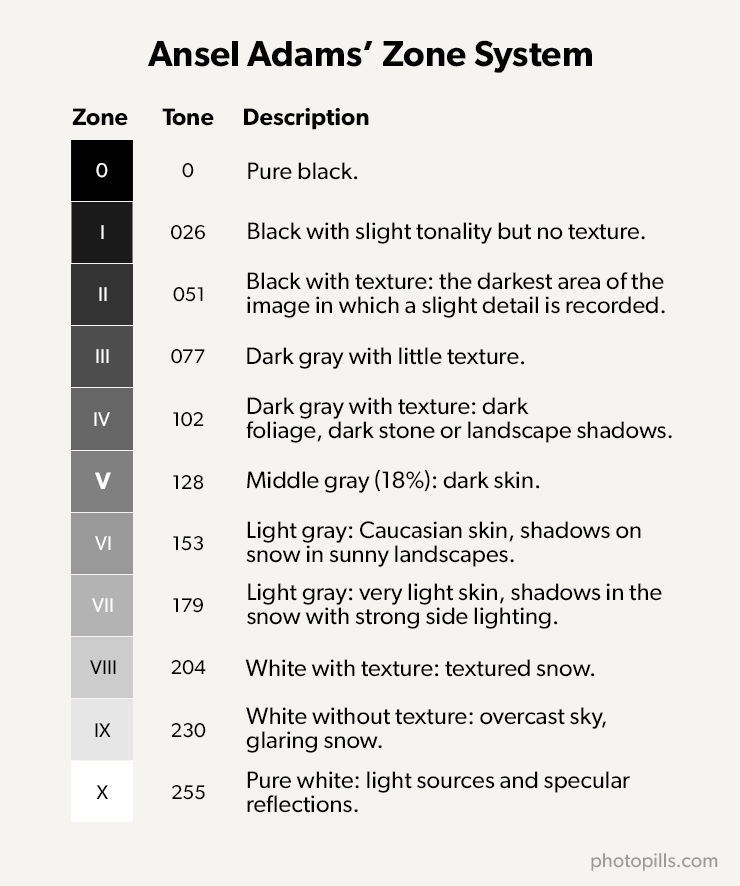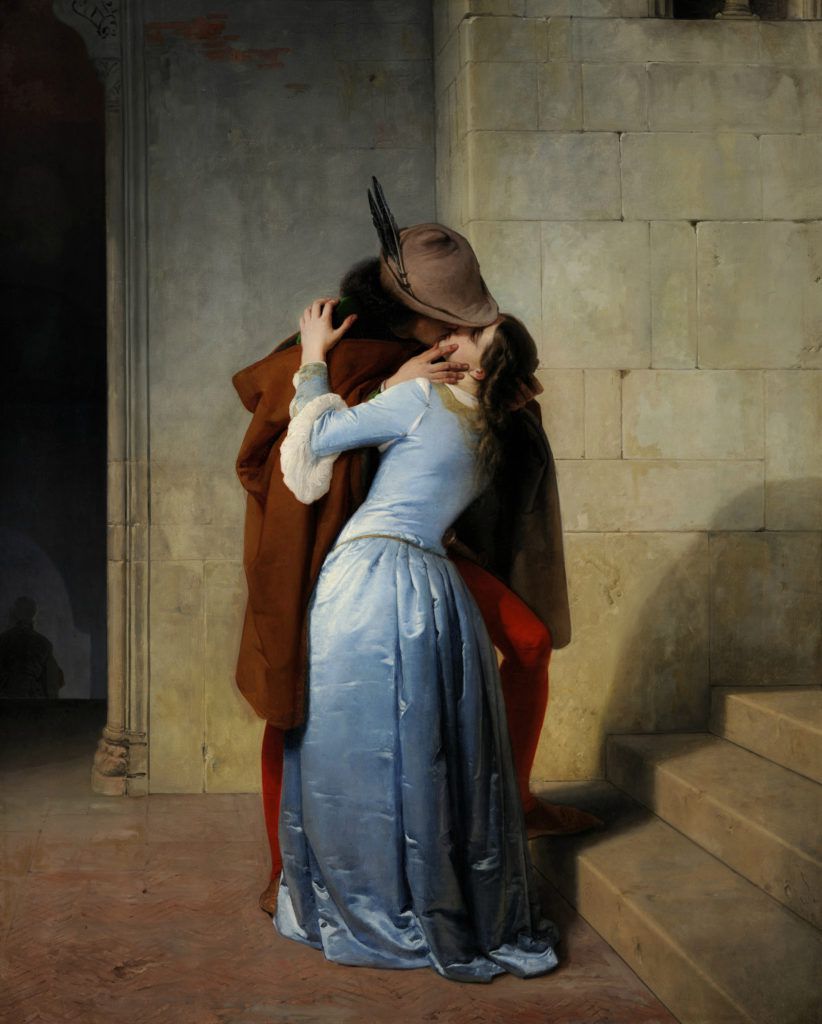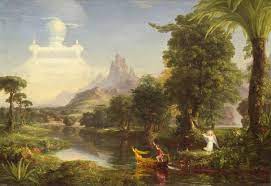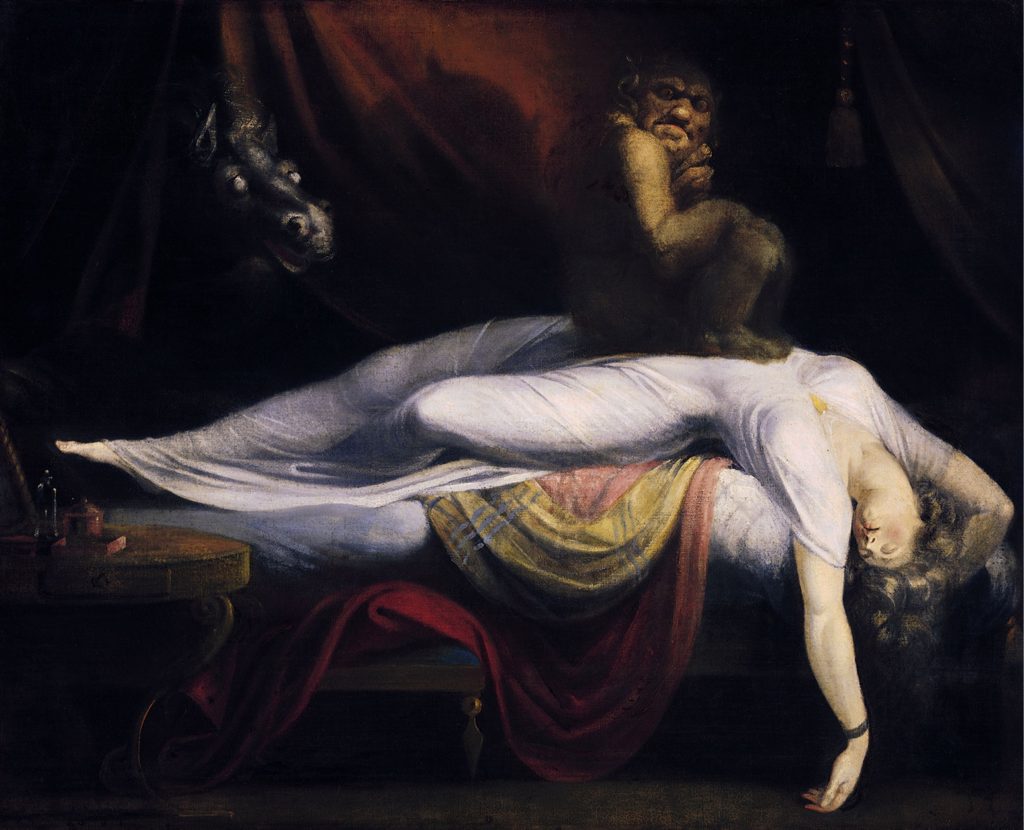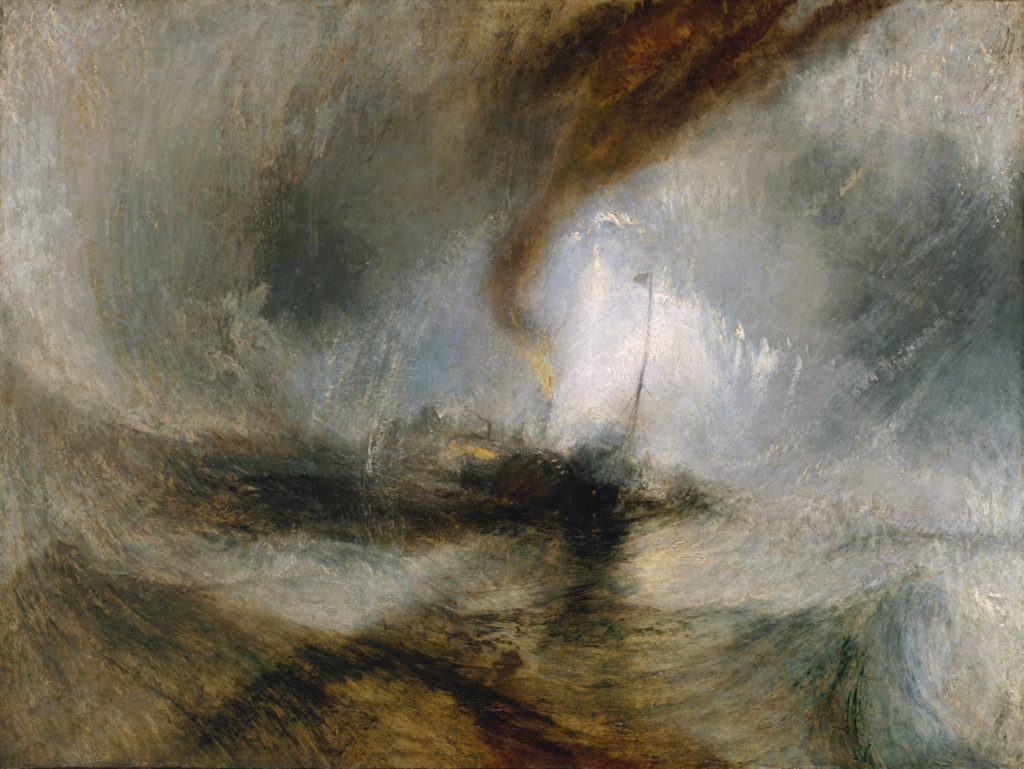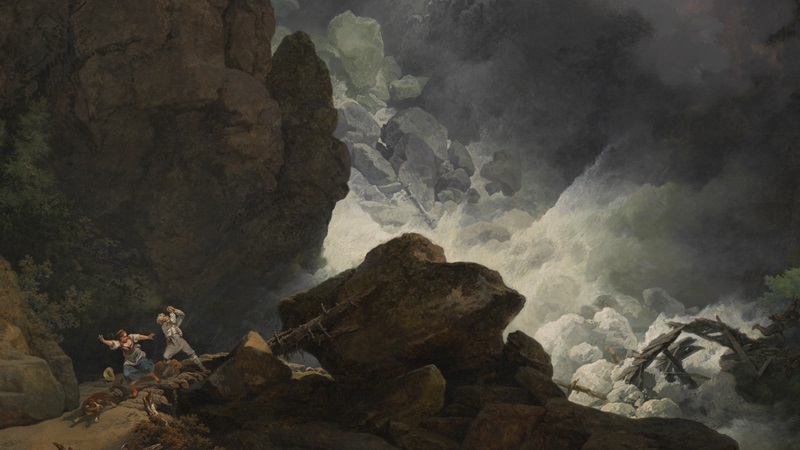Key Features of Romanticism
Romanticism was an artistic, literary, musical, and intellectual movement that originated in Europe towards the end of the 18th century, and in most areas was at its peak in the approximate period from 1800 to 1850. The artists emphasized that sense and emotions – not simply reason and order – were equally important means of understanding and experiencing the world. Romanticism celebrated the individual imagination and intuition in the enduring search for individual rights and liberty.
Romantic art focused on emotions, feelings, and moods of all kinds including spirituality, imagination, mystery, and fervour. The subject matter varied widely including landscapes, religion, revolution, and peaceful beauty. Romanticism also used the sublime to describe the power of nature and its effect on human emotion.
The Age of Enlightenment
The Enlightenment, a philosophical movement that dominated Europe during the 18th century, was centred around the idea that reason is the primary source of authority and legitimacy and advocated such ideals as liberty, progress, tolerance, fraternity, constitutional government, and separation of church and state.
This movement’s three central concepts were the use of reason, the scientific method, and progress. Enlightenment thinkers believed they could help create better societies and better people.
Enlightenment thinkers also wanted to improve human conditions on earth rather than concern themselves with religion and the afterlife. These thinkers valued reason, science, religious tolerance, and what they called “natural rights”—life, liberty, and property.
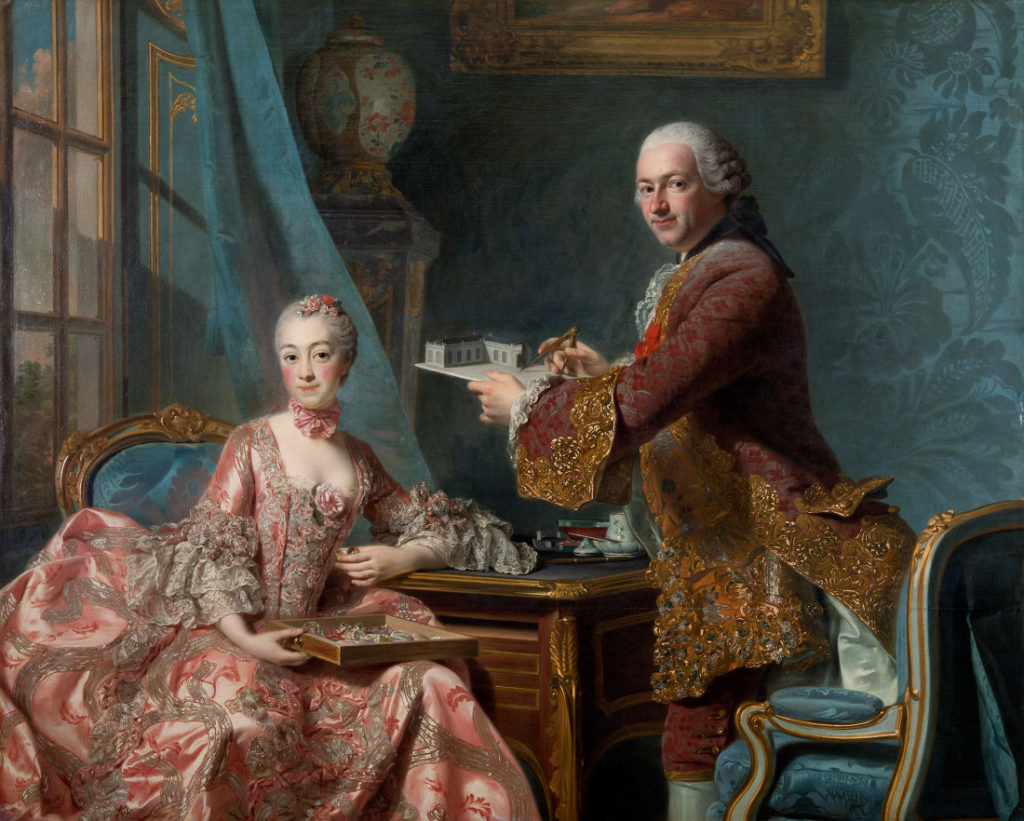
A Philosopher Giving that Lecture on the Orrery, in which a Lamp is put in the Place of the Sun – Joseph Wright of Derby 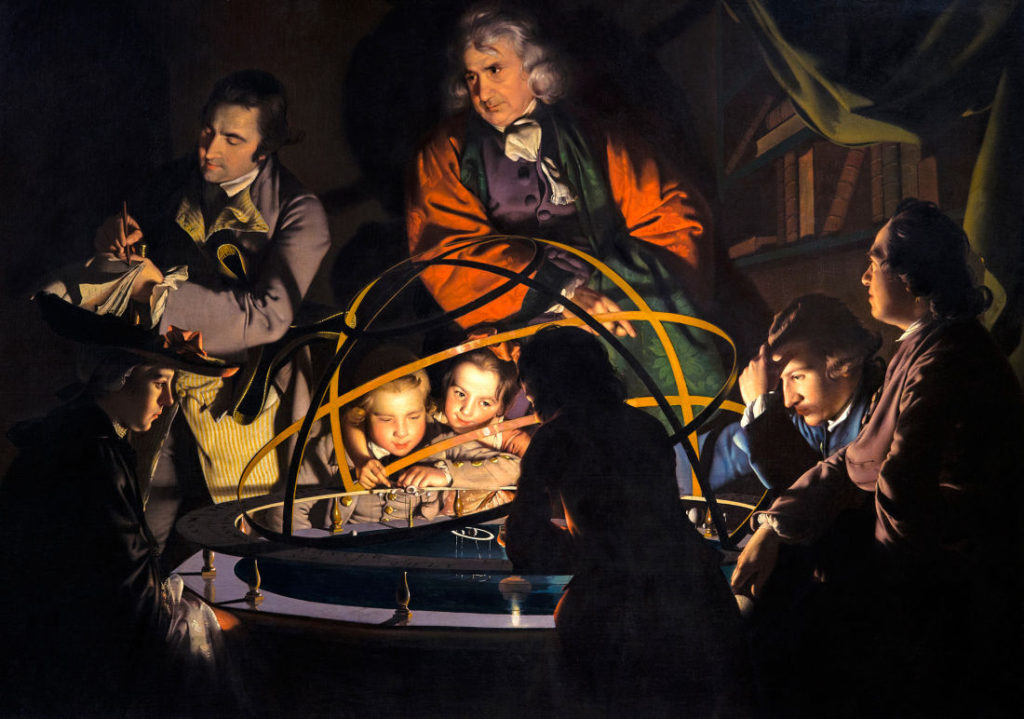
Double Portrait – Alexander Roslin
The impact of the Enlightenment on the arts took various forms. Some artists paid homage to science, others studied the classical past. During this time, Classical art’s realism, restraint, harmony, and order, was in line with Enlightenment thinking. Its influence was strongly felt in the art of the period, in work such as British artist Joseph Wright of Derby’s A Philosopher Lecturing on the Orrery, 1764-66. Its dramatic use of light was intended to show how inquiry and learning are profound and deeply solemn.
The Age of Romanticism
Romanticism was in part inspired by the idealism of the French Revolution and embraced the struggles for freedom and equality and the promotion of justice. Painters began using current events and atrocities to shed light on injustices in dramatic compositions that rivalled the more staid Neoclassical history paintings accepted by national academies.
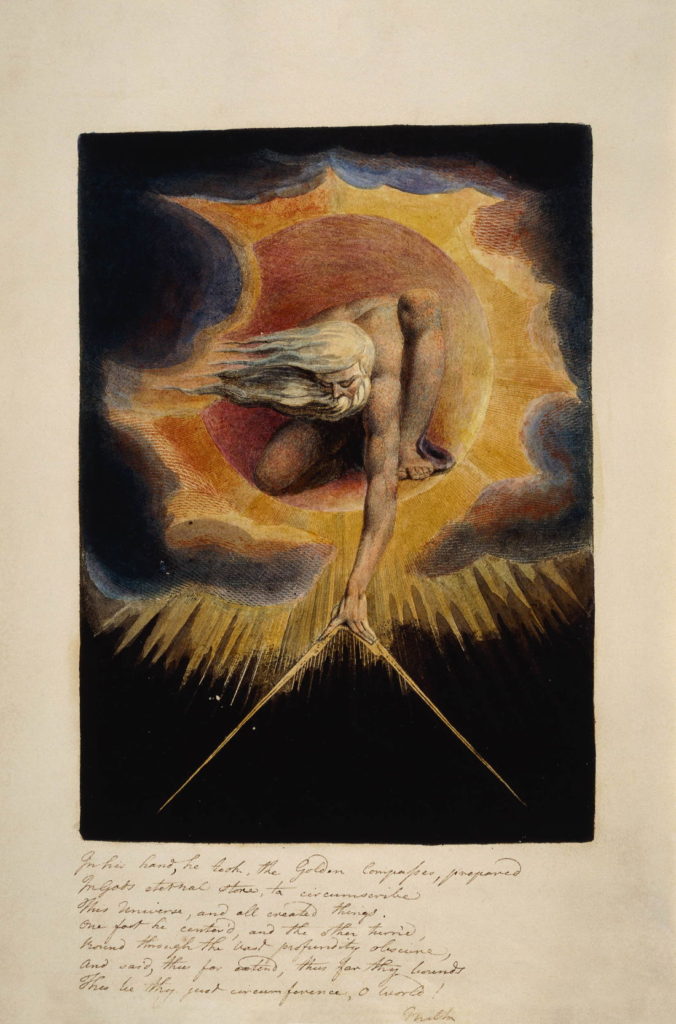
Above is Europe: A Prophecy, 1794, by William Blake. In late 18th century England, the mystical visions of William Blake were a powerful counterpoint to Enlightenment rationalism. Blake sought to regenerate mankind spiritually and his artistic style is unique.
Both the English poet and artist William Blake and the Spanish painter Francisco Goya has been dubbed “fathers” of Romanticism by various scholars for their works’ emphasis on subjective vision, the power of the imagination, and an often darkly critical political awareness. Blake, working principally in engravings, published his illustrations alongside his poetry that expressed his vision of a new world, creating mythical worlds full of gods and powers, and sharply critiquing industrial society and the oppression of the individual. Goya explored the terrors of irrationality in works like his Black Paintings (1820-23), which conveyed the nightmarish forces underlying human life and events.

For the majority of his career, Goya suffered from hearing loss, causing him to express his internal thoughts through paintings he did inside of his home. The paintings depicted many characteristics of the Romantic style with his use of intense emotions and ideas such as death and horror.
At the end of the 18th century and well into the 19th, Romanticism quickly spread throughout Europe and the United States to challenge the rational ideal held so tightly during the Enlightenment. The artists emphasized that sense and emotions – not simply reason and order – were equally important means of understanding and experiencing the world. Romanticism celebrated the individual imagination and intuition in the enduring search for individual rights and liberty. Its ideals of the creative, subjective powers of the artist fueled avant-garde movements well into the 20th century.
The Sublime
For Romantics, the sublime is a meeting of the subjective-internal (emotional) and the objective-external (natural world): we allow our emotions to overwhelm our rationality as we experience the wonder of creation. The sublime is further defined as having the quality of such greatness, magnitude or intensity, whether physical, metaphysical, moral, aesthetic or spiritual, that our ability to perceive or comprehend it is temporarily overwhelmed.
Romanticism in Landscape photography
Romanticism has long been associated with the landscape. In the medium of photography, the sense of romance of the landscape features its spirit in full bloom The nature of Romanticism is rather uncontrollable and unpredictable, which is shown in the wild nature of romantic landscape images. Sometimes its quiet and sensual power manifests into beautiful images, and other times it features animals or humans, while at other times the landscape will be empty and bare of any form of life. The most notable feature in a romantic landscape photo is that it will stir the emotion and feelings and cause inspiration of the imagination. Romantic landscape images typically also have a moody atmosphere – they are more about the subjective feelings of the artist than an objective record of the observable world.
Ansel Adams
Ansel Easton Adams was an American landscape photographer and environmentalist known for his black-and-white images of the American West. He helped found Group f/64, an association of photographers advocating “pure” photography which favored sharp focus and the use of the full tonal range of a photograph.
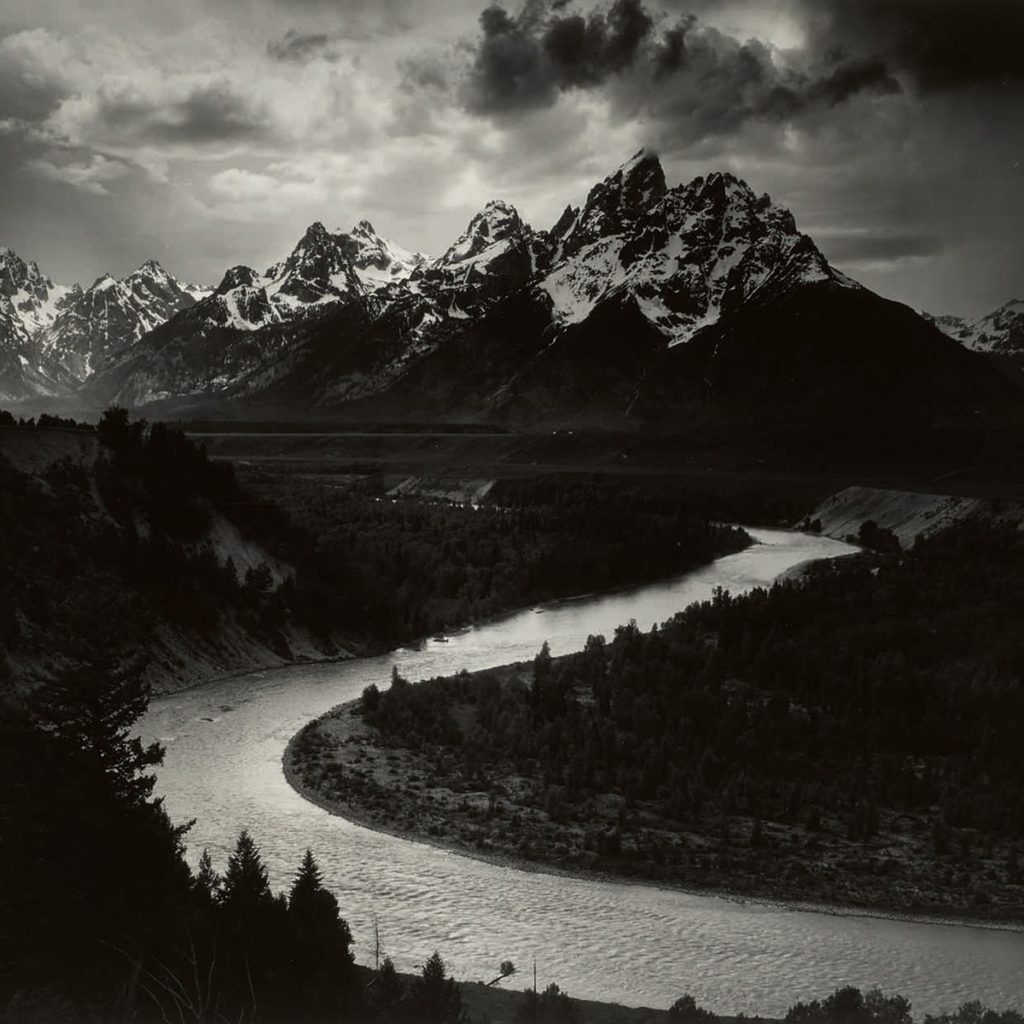
Photographers such as Ansel Adams and Fay Godwin use romanticism in their images, like in the image above. The use of the sublime in clear in this image, with the moody atmosphere and the sense of the looming mountains above. This image is influenced by Adams use of tonal range – there is elements of pure black in the woodland areas of this image, which illustrate the power and darkness of nature, linked to the sublime, a key feature of Romanticsm. Furthermore, there is evidence of the texture and untextured white at the complete other end of the zone system, in the river, tips of the mountains and sky.
